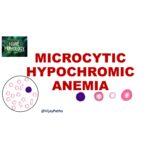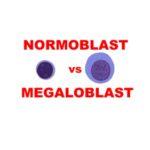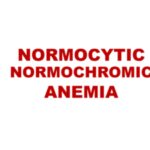Pathogenesis of Colorectal Cancer
Understanding the Pathogenesis of Colorectal Cancer Introduction: In this blog post, let us understand epidemiology, various risk factors, and in-depth insights into the development of colorectal
Read MoreMicrocytic Hypochromic Anemia: Causes and Diagnosis
Microcytic Hypochromic Anemia: Causes and Diagnosis let us explore the basics of microcytic hypochromic anemia. What is Microcytic Hypochromic Anemia? Microcytic hypochromic anemia is a specific type
Read MoreAtypical ductal hyperplasia arising in Intraductal papilloma
Intraductal Papilloma is the commonest benign breast lesion, involves women of all age. A case of intraductal papilloma associated with foci of atypical ductal hyperplasia. Microscopically, its a well
Read MoreNormoblast vs Megaloblast
Red blood cells/erythrocytes, are vital for transporting oxygen throughout the body. They undergo a series of developmental stages before reaching their mature form. Normoblast: A normoblast is
Read MoreRETICULOCYTE COUNT
What are reticulocytes and why are they important in pathology? Reticulocytes are immature red blood cells that still contain remnants of ribosomal RNA. They are important in pathology because
Read MoreNormocytic Normochromic anemia
What is normocytic normochromic anemia Normocytic normochromic anemia is a type of anemia characterized by red blood cells (RBCs) that are of normal size (normocytic) and have a normal hemoglobin
Read MoreDimorphic anemia
What is Dimorphic anemia Dimorphic anemia refers to a specific type of anemia characterized by the presence of two distinct populations of red blood cells (RBCs) with different sizes or shapes.
Read MoreLab Diagnosis of cancer
LABORATORY DIAGNOSIS OF CANCER What are the laboratory methods used to diagnose cancer? There are several laboratory methods used to diagnose cancer, including cytopathological examination,
Read More






